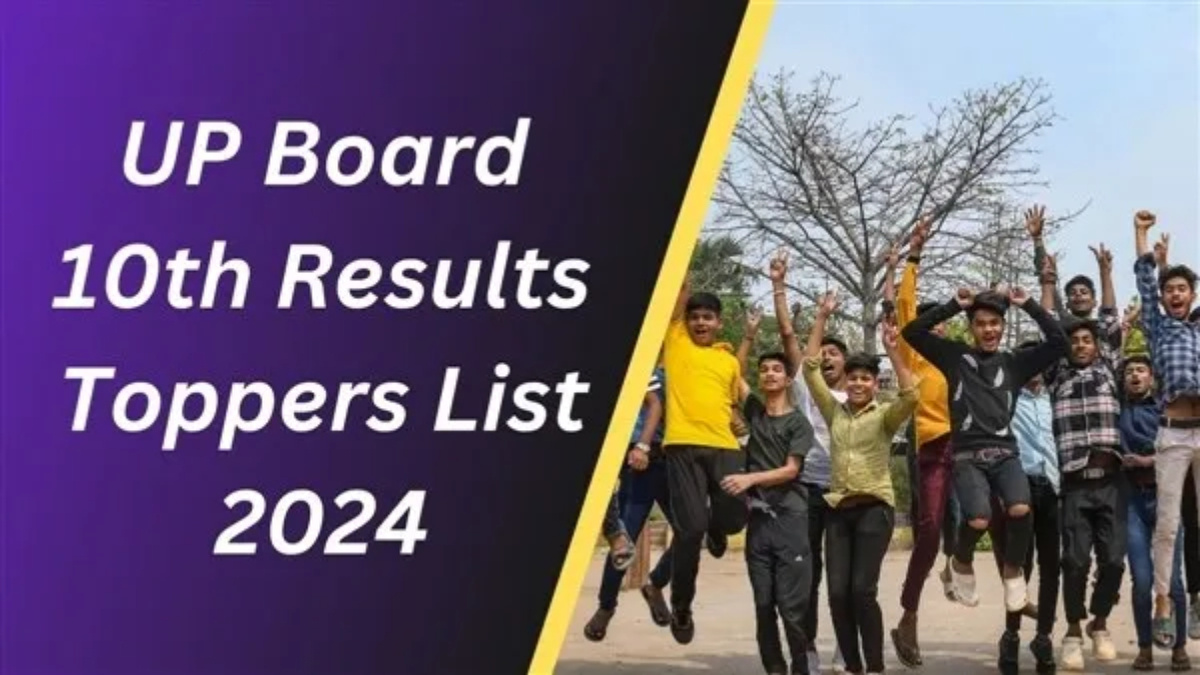The government is striving to build 740 Eklavya Model Residential Schools (EMRS) for children from tribal communities, one in each sub-district where at least 20,000 people live who identify as a Scheduled Tribe, which must represent 50% of the area's total population.

The new guidelines added "population criteria" for setting them up and aimed to establish an EMRS in each tribal sub-district. The minimum amount of land needed was decreased from 20 acres to 15 acres under the new regulations.
On Mr Modi's request, the Cabinet approved reworking the EMRS programme in 2018-19. The Union government now has additional authority to approve and oversee schools because of the new regulations.
Eklavya Model Residential Schools: Criteria
The government plans to build 740 Eklavya Model Residential Schools (EMRS) for kids from tribal communities, one in each sub-district where at least 20,000 people who identify as a Scheduled Tribe live must represent 50% of the area's total population.
Aim of Eklavya Model
The EMRS model was initially implemented by the government in 1997-1998 to offer tribal students a high-quality education with residential amenities in outlying areas. The goal was to create schools on par with Kendriya Vidyalayas and Jawahar Navoday Vidyalayas.
The Ministry of Tribal Affairs managed the programme until 2018-19, with State governments having the most influence over finding new schools, hiring, managing, and admitting students. Although the Union government had approved a specific number of interim EMRS, the scheme's guidelines stated that States and Union Territories would apply for approval of new schools as and when needed.
Revamping Of The Scheme
On Mr Modi's request, the Cabinet approved reworking the EMRS programme in 2018-19. The Union government now has additional authority to approve and oversee schools because of the new regulations. To oversee the State Education Society for Tribal Students (SESTS) handling the EMRS on the ground, a National Education Society for Tribal Students (NESTS) was established.
The new guidelines added "population criteria" for setting up schools. The Tribal Affairs Ministry has approved 332 targeted schools since implementing the new programme.
What is the situation right now?
The Tribal Affairs Ministry is recommended keeping the new standards. According to ministry representatives, 688 schools have received approval (till November 2022).
- 392: Functional Schools
- 230: Completed Construction
- 234 Schools: under construction
- 32 Schools: Still stuck (land acquisition issues)
About EMRS
To give ST children in rural areas access to chances in high-quality educational programmes and to secure employment in a variety of fields, EMRS was founded in 1997-1998. The holistic development of the kids is a priority for the schools in addition to academic instruction. There are 480 students to be enrolled in each school, which serves students in grades VI through XII. Until now, the State Governments received grants under Article 275 (1) of the Constitution of India for constructing these tribal schools and expenses to give ST students the opportunity to attend school without residential facilities more options.
For more such information, get connected with us on telegram, click here.



 Click it and Unblock the Notifications
Click it and Unblock the Notifications



























